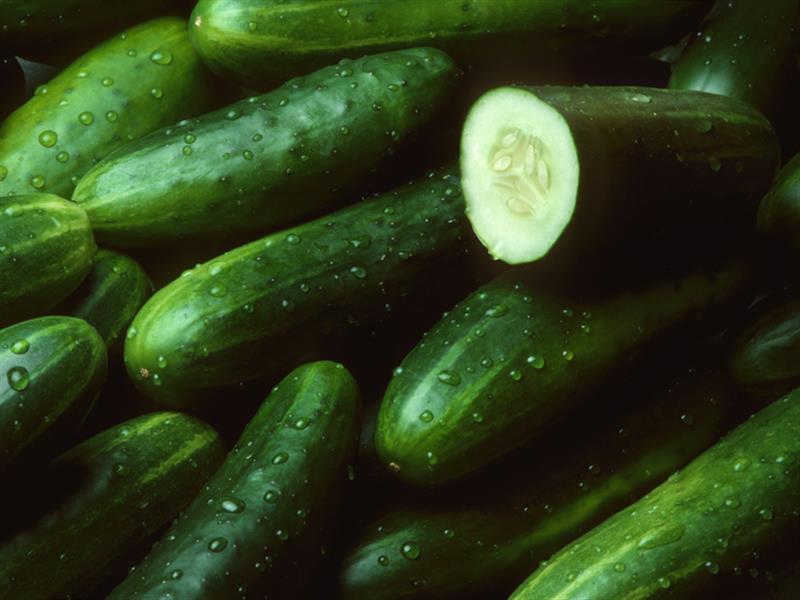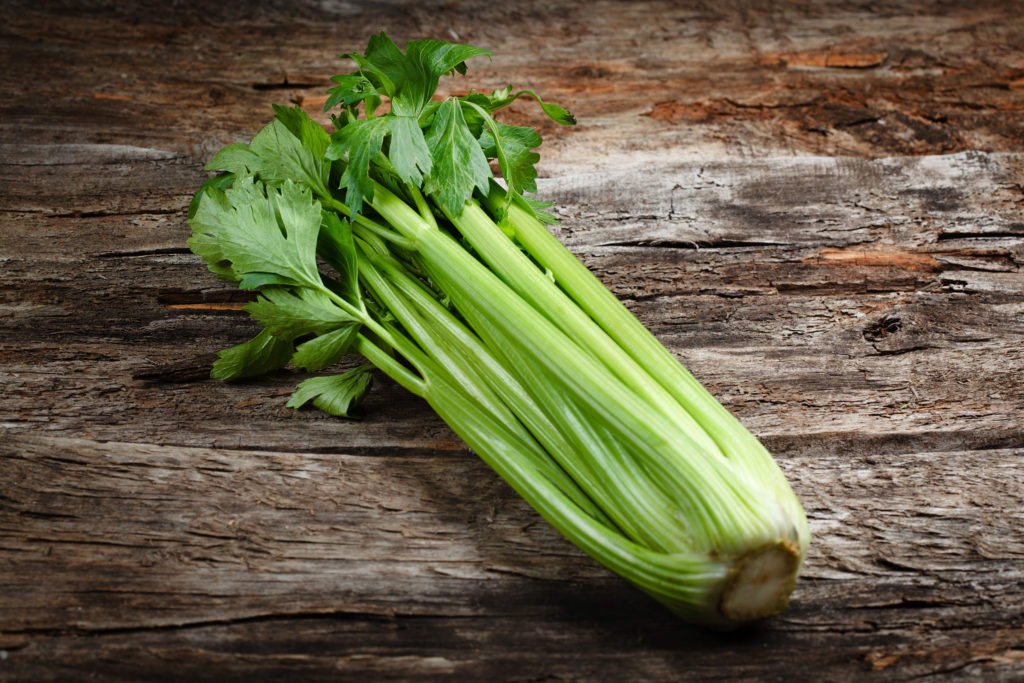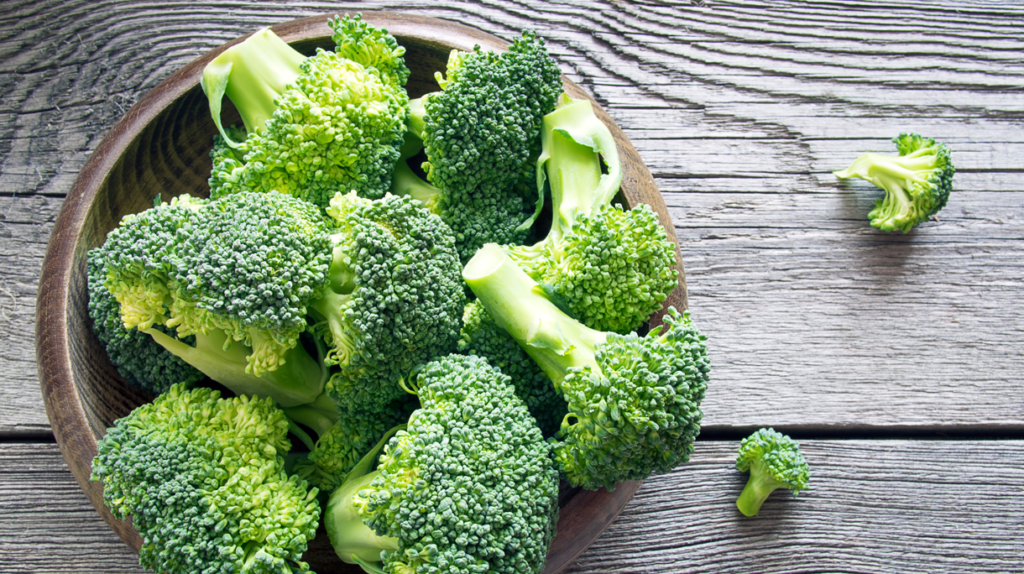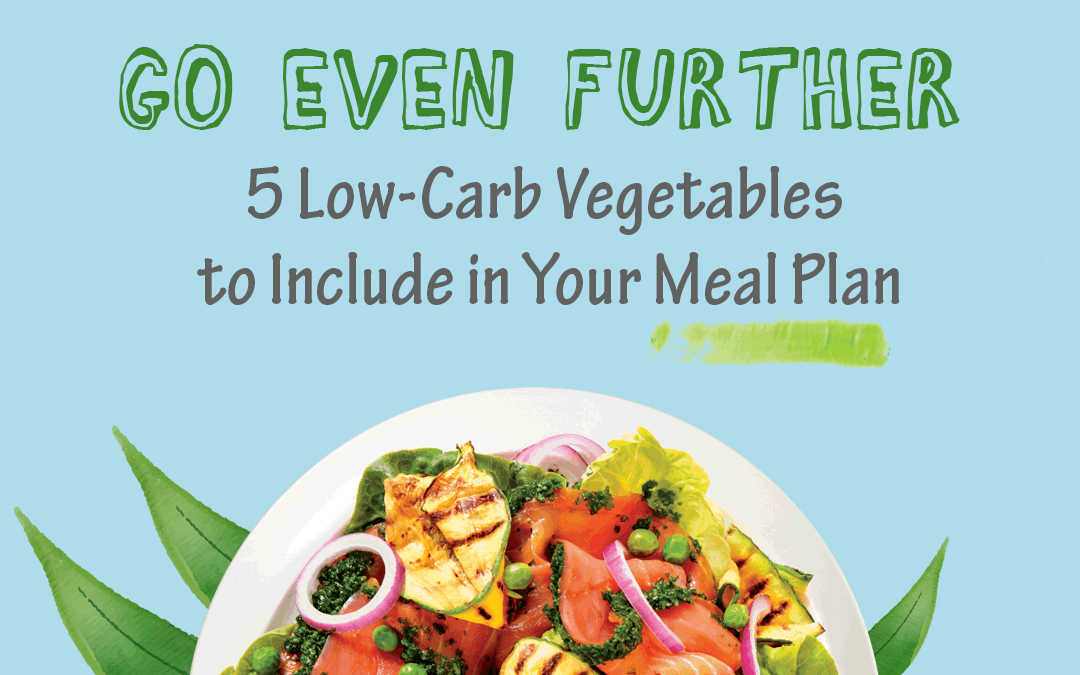These days, more and more people are becoming convinced that the true archenemy of health is not fat but sugar. The rising number of obese children, prediabetics, and diabetics, only serves to underline the point that high blood sugar level is a serious health complication. The 1.7 million who die yearly due to high blood sugar complications is further testament to that.
In light of this new trend, many are subscribing to low-carbohydrate diets, preferring meat and protein to almost-synonymous-with-sugar carbohydrates. To help you add more flavor and greens to your low-carb meal plans, here are low-carb vegetables with plenty of nutrients and vitamins as well.
1. Cucumber

While cucumbers are not exactly bursting at the seams with vitamins and nutrients, cucumbers contain very low calories and carbohydrates. This fact makes cucumbers an ideal snack choice, especially if you’re following a low-carb regimen. Also, while this vegetable can’t compete with the likes of the Bitter Gourd when it comes to health benefits, it also has several tricks up its sleeve.
For starters, cucumbers are good sources of phytonutrients that include flavonoids, lignans, and triterpenes. These plant chemicals are full of antioxidants and also have anti-inflammatory properties. Moreover, cucumbers are 95% water, making them good for hydration. Eating cucumbers with the skin on will help boost bone health through the Vitamin K found in cucumber skins. Finally, cucumbers also have cardiovascular support properties.
2. Celery

 A globally-cultivated plant, the celery has been included in numerous international dishes from all sides of the globe. You can find the celery in soups, salads, and even eaten raw as snacks. Its ubiquity can be seen in the fact that most people have consumed this low-carb vegetable in one way or another. And it’s a good thing too, since the celery is filled with several vitamins and nutrients such as Vitamins B6, C, and K, potassium, and folate.
A globally-cultivated plant, the celery has been included in numerous international dishes from all sides of the globe. You can find the celery in soups, salads, and even eaten raw as snacks. Its ubiquity can be seen in the fact that most people have consumed this low-carb vegetable in one way or another. And it’s a good thing too, since the celery is filled with several vitamins and nutrients such as Vitamins B6, C, and K, potassium, and folate.
Also, the celery is low in calories and carbohydrates, making it ideal for those looking to lose excess weights. This vegetable also contains cardiovascular support and anti-inflammatory properties. Furthermore, the celery contains numerous antioxidants that fight off free radicals that cause premature aging and a weakened immune system.
3. Iceberg Lettuce

This type of lettuce is typically added to fast food burgers and diner salads when you eat out. Although not as popular or as renowned as some of its fancier and healthier counterparts such as the spinach and arugula, the iceberg lettuce is still a good addition to a weight-loss diet regimen because of its low calorie and carbohydrates content. With just 7 calories and 1.6 grams of carbohydrates per 55-gram serving, the iceberg lettuce packs a punch (figuratively) when it comes to losing weight.
Other than its weight loss credentials, the iceberg lettuce is loaded with antioxidants Vitamin C and Vitamin A. These antioxidants prevent free radicals from causing damage to your cells and DNA. It also has reserves of Calcium for bone and teeth health, Folate for women who wants to get pregnant, and potassium that helps reduce blood pressure.
4. Broccoli

If there’s a vegetable band, the broccoli will definitely be part of it. Belonging to the cruciferous vegetable family that includes other “super veggies” like kale, cauliflower, Brussels Sprouts, and cabbage, the broccoli contains an insane amount of nutrients and vitamins. For starters, it has more protein than any other vegetable, making it ideal for those looking for high-protein and low-carb diet alternatives.
Other than its protein content, the broccoli also contains a high amount of fiber (2.3 grams per serving). Fiber helps in digestion and also aids in reducing excess weight. It also has Vitamin K1 which helps in blood clotting and in promoting bone health, the antioxidant Vitamin C that helps boost the body’s immune system, folate that helps in normal tissue growth, potassium that assists in lowering the body’s blood pressure, and iron that assists in the transport of oxygen in the bloodstream.
5. Radish

Like the celery, radishes are almost ubiquitous in almost all the food consumed around the world. However, compared to the former, radishes are often overlooked in favor of other flashier ingredients like green vegetables and protein-rich meat. There are two main kinds of radishes, the red and round radish found in North America and the creamy white daikon, which is found in Asia. Related to cabbages and mustard, the radish is an alkaline-forming food, which means it can help keep the body’s pH balance in check.

The radish also has its fair share of vitamins and nutrients with health benefits to boot. First, it helps treat jaundice or the yellowish discoloration of the skin that’s usually a sign of liver disease. Also, the radish has detoxification properties that help flush out toxins and waste from the bloodstream. As a high-fiber vegetable, the radish also has a hand in weight management by helping lower the cholesterol level of the body. Finally, the radish can also help in reducing heart disease incidents due to its anthocyanin content.
Be Creative and Healthy
Having a low-carb diet doesn’t necessarily mean that you need to subsist on meats and nuts forever. You can also include vegetables to add some flavor to your meals, and also, enjoy the health benefits that come with them. Also, only exclusively eating meat and other fat-rich food can seriously increase the risk of high blood pressure, which is also very much fatal when left unchecked.
Also, you can take herbal supplements like Ampalaya Plus to help you live a healthier and more active life. These supplements also contain superfoods like the much-renowned Bitter Gourd, that have plenty of health benefits for the body.



